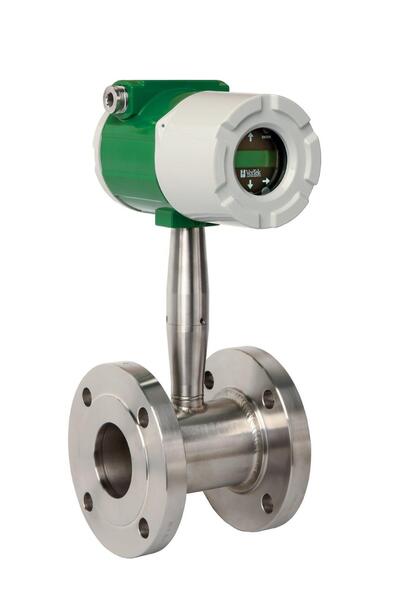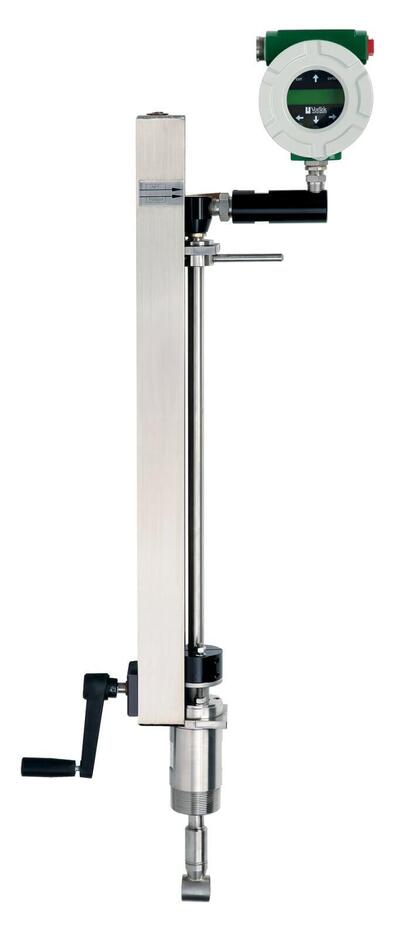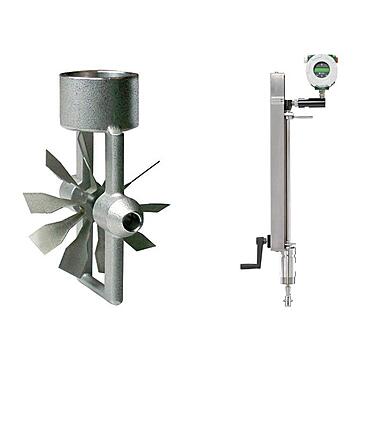High and Low Pressure Central Steam Metering and Sub-Metering
Inline Vortex Flow Meters
Inline Vortex Flow Meters
Inline Vortex shedding steam meters are a type of flow measurement device that operates based on the vortex shedding principle, which occurs when a fluid flows past a bluff body (a non-streamlined obstruction). These meters are commonly used to measure the flow rate of steam, as well as other gases and liquids, due to their accuracy, durability, and ability to handle high temperatures and pressures.
Applications in Steam Systems
- Industrial Boiler Monitoring: Measures steam usage for efficiency and cost tracking.
- Energy Management in Facilities: Helps in optimizing steam distribution and reducing waste.
- Process Control in Manufacturing: Used in food processing, chemical plants, and refineries to regulate steam flow.
Insertion Style Vortex Flow Meter
insertion Style Vortex shedding steam meters are a type of flow measurement device that operates based on the vortex shedding principle, which occurs when a fluid flows past a bluff body (a non-streamlined obstruction). These meters are commonly used to measure the flow rate of steam, as well as other gases and liquids, due to their accuracy, durability, and ability to handle high temperatures and pressures.
Applications in Steam Systems
- Industrial Boiler Monitoring: Measures steam usage for efficiency and cost tracking.
- Energy Management in Facilities: Helps in optimizing steam distribution and reducing waste.
- Process Control in Manufacturing: Used in food processing, chemical plants, and refineries to regulate steam flow.
Turbine Style Flow Meter
- Steam enters the meter and flows through a multi-bladed turbine rotor positioned within the flow path.
- The kinetic energy of the steam causes the turbine blades to rotate at a speed proportional to the steam’s velocity.
- The rotational speed of the turbine is directly proportional to the volumetric flow rate of the steam.
- The number of revolutions per unit time is measured by sensors, allowing for the calculation of the actual flow rate.
- A magnetic pickup sensor or an optical sensor detects the movement of the turbine blades.
- Each blade passing the sensor generates a pulse signal.
- The frequency of these pulses is directly correlated to the flow rate of steam.
- Since steam density varies with pressure and temperature, a temperature and pressure compensation system is often used.
- If mass flow measurement is needed, the system integrates a steam density compensation algorithm to adjust for changes in operating conditions.
✔ High Accuracy: Typically within ±0.5% to ±1% of the reading.
✔ Fast Response Time: Quickly adapts to changes in steam flow.
✔ Handles High Temperatures and Pressures: Ideal for saturated and superheated steam.
✔ Wide Flow Range: Suitable for both medium and high flow rates.
✔ Compact and Lightweight Design: Easier to install compared to some other flow meters.
Limitations
❌ Moving Parts Require Maintenance: The turbine rotor can wear out over time.
❌ Sensitive to Contaminants: Dirt or debris in the steam can damage the turbine blades.
❌ Requires Straight Pipe Runs: To ensure laminar flow and accurate readings, turbine meters need adequate upstream and downstream straight piping.
❌ Less Effective for Low Flow Rates: At very low flow rates, the turbine may not rotate reliably.
Applications in Steam Systems
- Power Plants: Used to monitor steam flow in turbines and boilers.
- Industrial Boilers: Measures steam usage for efficiency and cost tracking.
- Food & Beverage Processing: Ensures proper steam flow in sterilization and cooking processes.
- Chemical & Petrochemical Industries: Monitors steam flow in refining and production systems.




